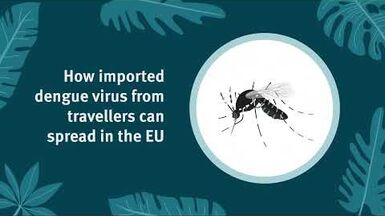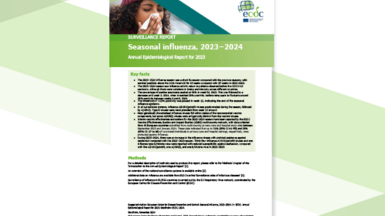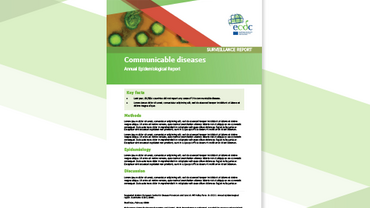Influenza virus characterisation - Summary Europe, November 2012
During the 2011/2012 season, A(H1N1)pdm09, A(H3N2) and B/Victoria and B/Yamagata lineage influenza viruses, with collection dates between 1 January and 30 September 2012 (weeks 1–39), have been detected in ECDC-affiliated countries.
Type A viruses predominated over type B.
A(H3N2) viruses predominated over A(H1N1)pdm09 viruses.
A(H1N1)pdm09 viruses continued to show genetic drift from the vaccine virus, A/California/07/2009, but the vast majority remained antigenically similar to it.
Antigenic drift of A(H3N2) viruses compared to the A/Perth/16/2209 vaccine virus resulted in a recommendation to change to an A/Victoria/361/2011-like component for the 2012/2013 influenza season.
B/Victoria lineage viruses fell within the B/Brisbane/60/2008 genetic clade and were antigenically similar to reference cell-propagated viruses of the B/Brisbane/60/2008 genetic clade.
Recent B/Yamagata-lineage viruses fell into two genetic clades in approximately equal proportions: clade 3 represented by the recommended vaccine component for the 2012/2013 influenza season, B/Wisconsin/1/2010, and clade 2 represented by B/Estonia/55669/2012. Viruses in each clade are antigenically distinguishable.






